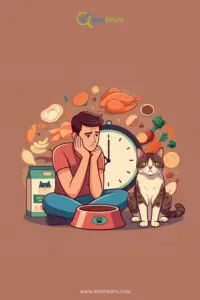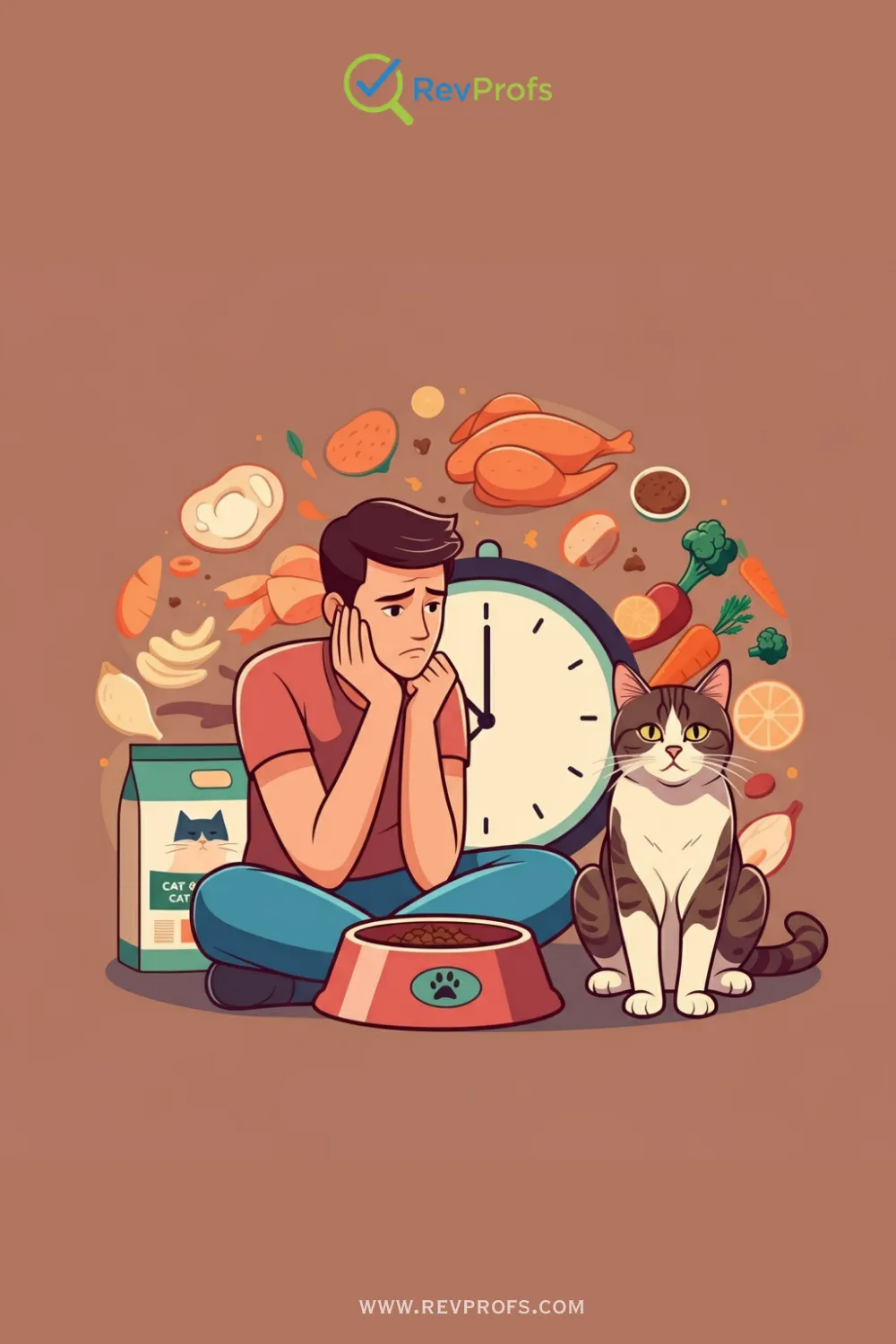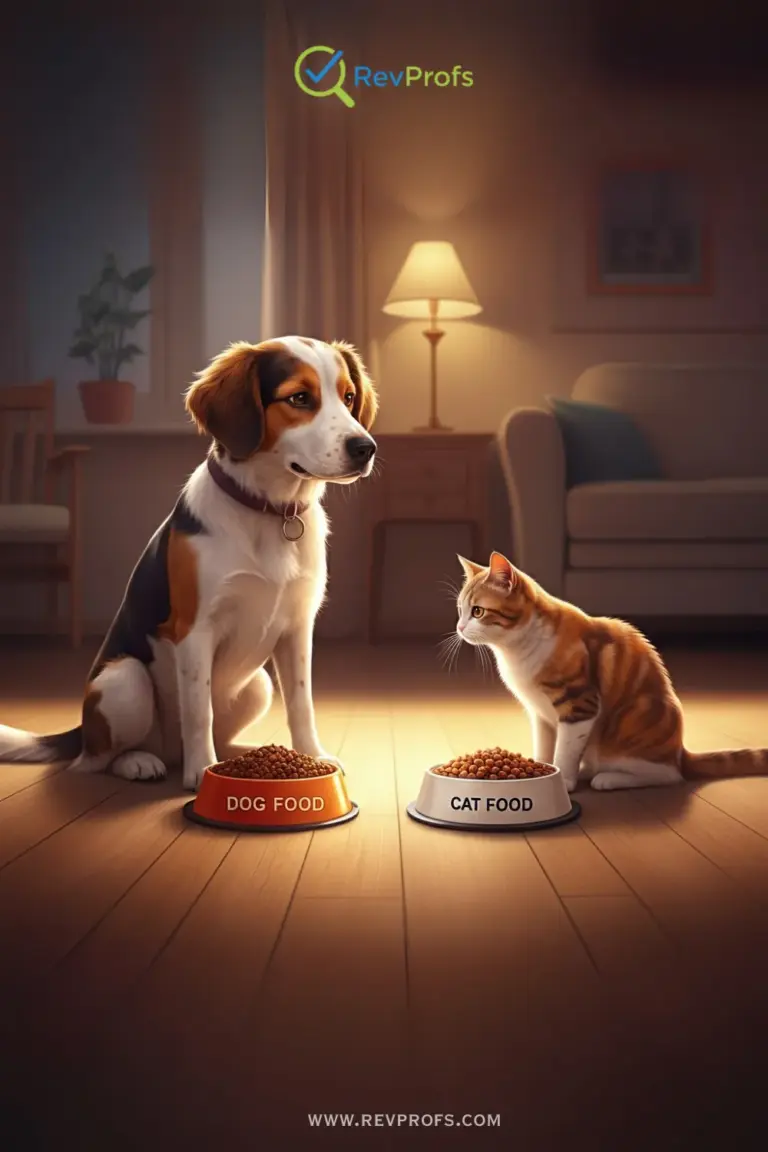How Long Can Cats Go Without Food? A Guide for Worried Pet Parents
Hello, fellow pet lovers! It’s a moment that can send a wave of panic through any cat owner: you serve up a fresh meal, and your cat gives it a sniff before walking away. When a skipped meal turns into a full day, it’s easy to feel helpless and start wondering, how long can cats go without food? This is such an important question because, for our feline friends, a lack of appetite can become a serious medical issue very quickly.
We get it. That feeling of worry when your cat isn’t eating is tough. But you’re in the right place, and we’ll walk through this together. We’re going to look at why your cat might be refusing food, what you can do to help, and exactly when you need to call the vet. Answering “how long can cats go without food?” is all about understanding the risks and knowing how to respond to keep your companion safe and healthy.
The Critical Timeline: How Long Can Cats Go Without Food?
Let’s get straight to the heart of the matter. While a healthy cat with access to water can technically survive for about one to two weeks without eating, this is an extreme situation. The real danger for your pet arrives much, much sooner. For cats, going without food for even a couple of days can trigger a life-threatening emergency.
Most vets agree that you should become concerned if your cat has not eaten for a full 24 hours. After just 3-4 days without food, a cat’s body can begin to enter a dangerous state that leads to a severe liver condition. So, the practical answer to “how long can cats go without food?” is not long at all. Your quick response is what matters most.
Here is a general timeline to help you understand the urgency:
- 0-24 hours: Your cat might just be having an off day or feeling a bit picky. This is a good time to observe them closely without panicking.
- 24-48 hours: This is when to worry about a cat not eating. It’s time to start looking for a cause and trying to encourage them to eat.
- 48-72 hours: Your cat is now in the danger zone. The risk of hepatic lipidosis in cats increases significantly. A visit to the vet is essential at this point.
- Beyond 72 hours: This is a medical emergency. A cat that has gone this long without food needs immediate veterinary care to prevent severe complications.
Understanding this timeline helps you move from worry to action. The question of how long can cats go without food is less about survival and more about preventing a serious, and potentially fatal, illness.
Why Isn’t My Cat Eating? Common Reasons for a Lost Appetite
When you find yourself thinking, “what to do if my cat is not eating,” the first step is to explore the potential causes. Cats are known for hiding discomfort, and a loss of appetite is often one of the earliest signs that something isn’t right.

1. Underlying Medical Issues
This is the most frequent and serious reason for a cat to stop eating.
- Dental Pain: A sore mouth can make chewing painful. Issues like gum disease, a broken tooth, or an oral abscess are common culprits that make eating unpleasant.
- Digestive Problems: Nausea, pancreatitis, inflammatory bowel disease (IBD), or something blocking their intestines can all wipe out a cat’s appetite.
- Kidney Disease: This is particularly common in senior cats. As the kidneys lose function, toxins build up in the blood, causing nausea and a loss of interest in food. This is a top concern when my old cat is not eating.
- Respiratory Infections: If a cat’s nose is stuffy, they can’t smell their food. For cats, smell is a huge part of appetite, so if they can’t smell it, they often won’t eat it.
- Pain: Any source of pain, whether from arthritis, an injury, or an internal issue, can be distracting and severe enough to cause a loss of appetite.
2. Stress and Environmental Changes
Cats are creatures of habit, and disruptions to their routine can cause stress that leads them to stop eating.
- A recent move to a new house.
- The arrival of a new pet or baby.
- Loud, scary noises like construction or parties.
- Even something as simple as changing the location of their food bowl.
3. Problems with the Food Itself
Sometimes, the issue is as simple as what’s in the bowl.
- Picky Eating: Some cats just get bored with their current food and decide they want a change.
- Spoiled Food: Wet or dry food can go stale or spoil, and your cat’s sensitive nose will definitely notice.
- A New Formula: Manufacturers occasionally change their recipes. Your cat might not approve of the new taste or texture.
4. Post-Surgical Recovery
It’s not unusual for a cat that won’t eat after surgery. The anesthesia can cause temporary nausea, and they may be feeling some discomfort from the procedure itself. While skipping a meal or two is often expected, a prolonged lack of appetite is a reason to call your vet for guidance.
Knowing these potential causes can help you figure out what’s going on. It’s the first step in determining the answer to how long can cats go without food in your cat’s specific case.
The Hidden Danger: Hepatic Lipidosis in Cats
The most important reason the question “how long can cats go without food?” is so urgent is a condition called hepatic lipidosis, also known as “fatty liver disease.”
This serious condition happens when a cat’s body, deprived of energy from food, starts breaking down its fat stores. It sends large amounts of fat to the liver to be converted into usable energy. A cat’s liver simply isn’t built to process so much fat at once. It becomes overwhelmed, swollen, and can begin to fail.
Overweight cats are at a higher risk, but any cat can develop hepatic lipidosis. The symptoms include:
- A prolonged period of not eating
- Rapid weight loss
- Hiding and extreme tiredness
- Vomiting or drooling
- A yellow tint to the skin, gums, or the whites of the eyes (jaundice)
Hepatic lipidosis is fatal if it’s not treated. The good news is that with aggressive nutritional support, often involving a temporary feeding tube, the prognosis can be very good. This is why you cannot afford to wait. For a more detailed scientific look, the Cornell Feline Health Center provides excellent resources.
What to Do If My Cat Is Not Eating: Encouraging Your Cat’s Appetite
So, you’ve noticed your cat has skipped a meal. Don’t panic! Here are some gentle and supportive steps you can take. Learning how to stimulate a cat’s appetite can often solve the issue before it becomes a bigger problem.
Step 1: Make Their Food Irresistible
- Warm It Up: Take a bit of wet food and warm it in the microwave for just a few seconds. This releases the aroma and can make it much more appealing.
- Add a Flavorful Topper: A small amount of low-sodium chicken broth or the water from a can of tuna can be a great enticement. Drizzle it over their regular food.
- Offer Something Extra Special: Pungent, high-value foods are hard for most cats to resist. Think canned sardines, plain meat-based baby food (with no onion or garlic powder), or a special cat food topper.
- Try a New Texture: If your cat usually eats dry kibble, offer them some pâté-style wet food. If they eat pâté, try a shredded or chunky variety.
You can find a great selection of tempting, high-quality cat foods at
Step 2: Create a Calm Dining Experience
- Provide a Quiet Space: Ensure their food bowl is in a calm, low-traffic area, away from the litter box and any household commotion.
- Keep It Clean: Cats are very clean animals. Wash their food and water bowls daily with soap and water.
- Consider a Different Bowl: A cat’s whiskers are very sensitive. If their food bowl is too deep, it can cause discomfort. Try offering food on a flat plate instead.
Step 3: Offer Some Personal Attention
Sometimes, a little reassurance from you is all it takes. Sit with your cat and pet them gently while they are near their food bowl. You can also try offering a tiny bit of food from your fingertip.
If you notice your cat not eating but drinking water, that is a positive sign that they are staying hydrated. However, this does not remove the risk of hepatic lipidosis. A cat that is only drinking water still needs to be seen by a vet if they don’t eat for more than a day or two.
When to Worry: Making the Call to Your Vet
Knowing when to switch from home care to professional help is the most important part of this process. It’s always better to be safe than sorry. Please call your vet right away if:
- Your cat has not eaten anything at all for more than 24 hours.
- A kitten, a senior cat, or a cat with a known health condition (like diabetes or kidney disease) skips more than one meal.
- The lack of appetite is paired with other symptoms like vomiting, diarrhea, hiding, or unusual lethargy.
- You think they might have swallowed something they shouldn’t have, like a toy or string.
Your veterinarian is your partner. They can perform an exam and may recommend tests to get to the bottom of the issue. Trust your instincts—you are not overreacting by seeking help. For more vet-approved advice, check out the expert resources at https://www.youtube.com/@Revprofs.
Our Final Thoughts: How Long Can Cats Go Without Food?
Let’s come back to our main question: how long can cats go without food? The safest answer is less than 24 hours. While their bodies are resilient, the risk of developing a serious liver condition is just too high to wait and see.
Your job as a loving pet parent is to be observant. A change in eating habits is one of the most important signals your cat can give you. Try to entice them with the tips we’ve shared, but please don’t hesitate to seek professional help. If you need help finding a vet you can trust, our guide on Choosing the Right Veterinarian is a great place to start.
Remember, you know your cat better than anyone. If your gut tells you something is wrong, listen to it. Acting quickly can make all the difference and help ensure your furry friend is back to purring, playing, and enjoying their meals in no time. You can learn more about their daily needs by reading our guide on Feline Nutrition Basics. Taking these proactive steps will give you peace of mind and keep your bond strong.
Ready for the Next Step?
Your pet's journey doesn't end here. Explore our expert guides to ensure they get the best care at every stage.
Puppy & Dog Care
From choosing the right food to understanding their behavior, our dog care guides cover everything you need to know.
Explore Dog GuidesGear & Product Reviews
Find honest, in-depth reviews on the latest pet gear, from smart collars to durable toys, and make informed decisions.
See All Reviews




